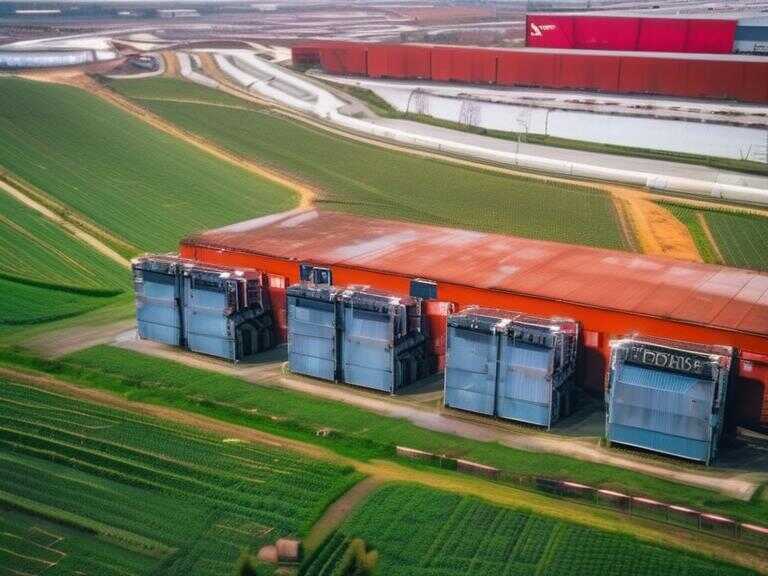
New Federal Rule Cuts Silica Exposure to Protect Coal Miners' Health
New federal rule cuts silica exposure to protect coal miners from deadly black lung disease, ensuring safer work conditions.

On Tuesday, the Labor Department announced a new federal rule aimed at better protecting coal miners from the hazardous effects of crystalline silica, a substance that has been linked to the premature deaths of thousands of mine workers due to black lung disease. The final rule, unveiled by Acting Labor Secretary Julie Su, signifies a significant reduction in the permissible exposure limit for crystalline silica during an eight-hour shift.
Purpose of the Stricter Rule
Mine workers, community advocates, and elected officials from Appalachian states have long advocated for stricter regulations, pointing out that the health issues have escalated in recent years as miners delve through multiple layers of rock to access coal seams. This increased drilling has led to the generation of lethal silica dust, resulting in severe cases of pneumoconiosis, also known as black lung disease, even among miners as young as their 30s and 40s.
Impact on Miners
In Central Appalachia, an estimated one in five tenured coal miners suffers from black lung disease, leading to a reduction in life expectancy by an average of 12 years. The rule is intended to alleviate the struggles faced by these miners, allowing them to live a more fulfilling life without the debilitating effects of the disease.
Concerns and Enforcement
While there is optimism surrounding the new rule, concerns about its enforcement have been raised. Vonda Robinson, whose husband was diagnosed with black lung disease a decade ago, expressed skepticism about the enforcement of the rule, highlighting the need for adequate staff and resources to ensure its effectiveness.
Share news















